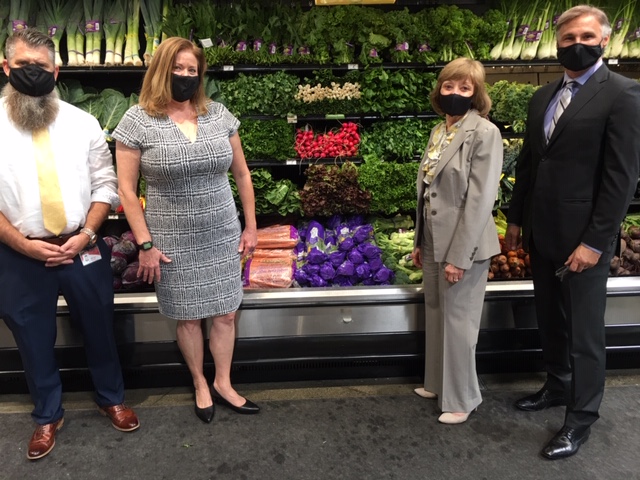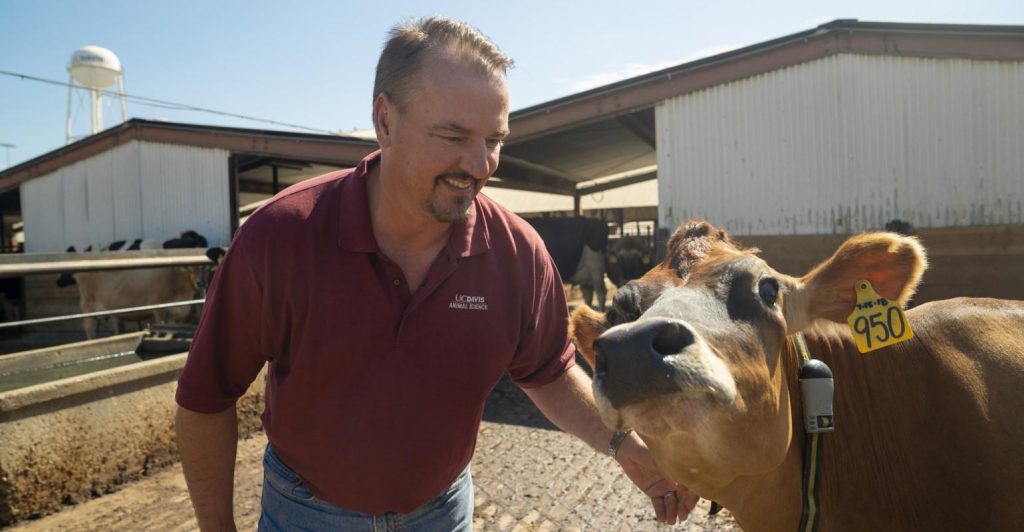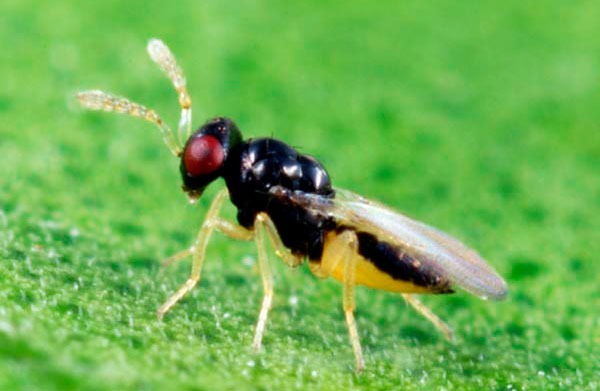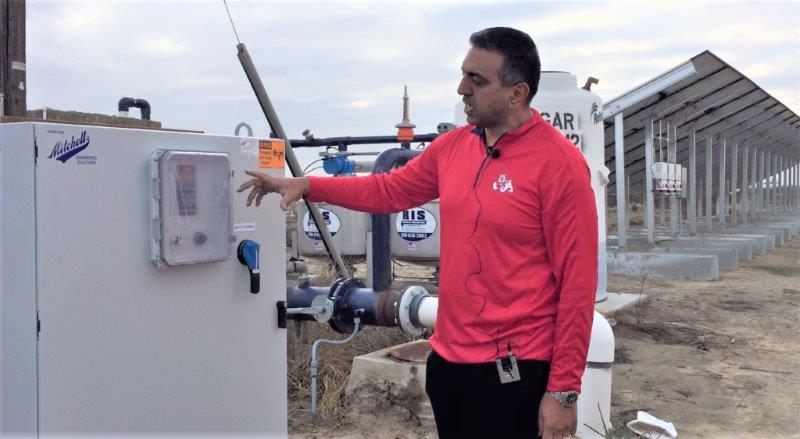By Kerry Tucker and Teresa Siles
By now, most companies have heard about “purpose” – a buzzword making its way around corporate boardrooms and even the farm gate. Heck, even the Business Roundtable – an association founded on principles of serving shareholders – has adopted a purpose statement.
“Purpose” is about defining the end benefit of a company’s product or service to people or society as a whole – and there is no industry better suited to define itself by a strong purpose than agriculture. This is especially true today, as early on in the COVID-19 pandemic, eyes were opened to the fragility of the food system. Empty shelves, perceived food shortages and COVID-19 outbreaks in operations in the agrifood chain led some consumers to see the system as broken.
The pandemic struck following years of growing consumer interest, especially among younger segments, to know what companies, brands and industries are doing to make the world a better place. In fact, 47 percent of consumers disappointed with a brand’s stance on a social issue will stop buying its products – and 17 percent will never return, according to McKinsey & Company. What’s more, purpose-driven organizations have shown they can go a long way in earning, maintaining and, in some cases, winning back the trust of people an organization touches daily — from multi-generational employees to customers, consumers, investors and other stakeholders. And while some benefits are intangible, others are written in black and white in the form of solid financial returns.
Research by author and professor Raj Sisodia suggests that purpose-led companies significantly outperformed the S&P 500 between 1995 and 2011. In addition, McKinsey states that more than 2,000 academic studies have examined the impact of environmental, social and governance propositions on equity returns, and 63% of them found positive results.
The California State Board of Food and Agriculture, California Cattlemen’s Association and the National Association of State Departments of Agriculture are just a few of the organizations in agriculture that have recognized the value of purpose and clearly defined it for their organizations. Making California a better place to live because of what we grow and how we grow it is the defined purpose for the state board in California. Nourishing people, caring for livestock and sustaining the environment is the purpose and foundation upon which the California Cattlemen’s Association built a strategic plan last year, and the National Association of State Departments of Agriculture recently adopted a purpose to nourish people and communities while serving as stewards of the environment and public trust.
And while these words may inspire, the next generation purpose-driven company is about more than words on paper. It’s about aligning an organization to fulfill its purpose on multiple fronts. Those in positions of leadership should ask themselves:
- How are we committed to the betterment of society?
- What do our stakeholders care about and expect from us?
- Where and how can we make a difference and live our purpose?
- Will our board, management teams, employees and stakeholders want to follow us or will they think we’ve lost our way?
- How can we organize to keep purpose top of mind for our internal team?
- How can we measure and track our progress?
Once a purpose has been defined, been put through a stress test to vet for credibility, and ensure the organization is set up to authentically live and measure progress against its purpose, it can be valuable to share with external stakeholders in a compelling way. Some of the most successful demonstrations of purpose lie not only with one organization but rather by multiple companies, industry groups and stakeholders working together to bring about substantive change bigger than any one entity can do on its own. This is the type of change that truly matters.
In the current environment, where distrust is rampant and pessimism is high, agriculture’s ability to positively shape the future for multiple generations could be the bright light many are seeking.
Kerry Tucker is the founder of Food Foresight, a trends intelligence collaboration between Nuffer, Smith, Tucker and the California Institute of Agricultural Research at University of California, Davis. Teresa Siles is co-author of Food Foresight and President and Partner at Nuffer, Smith, Tucker Inc., a strategic planning and public relations firm headquartered in San Diego.











